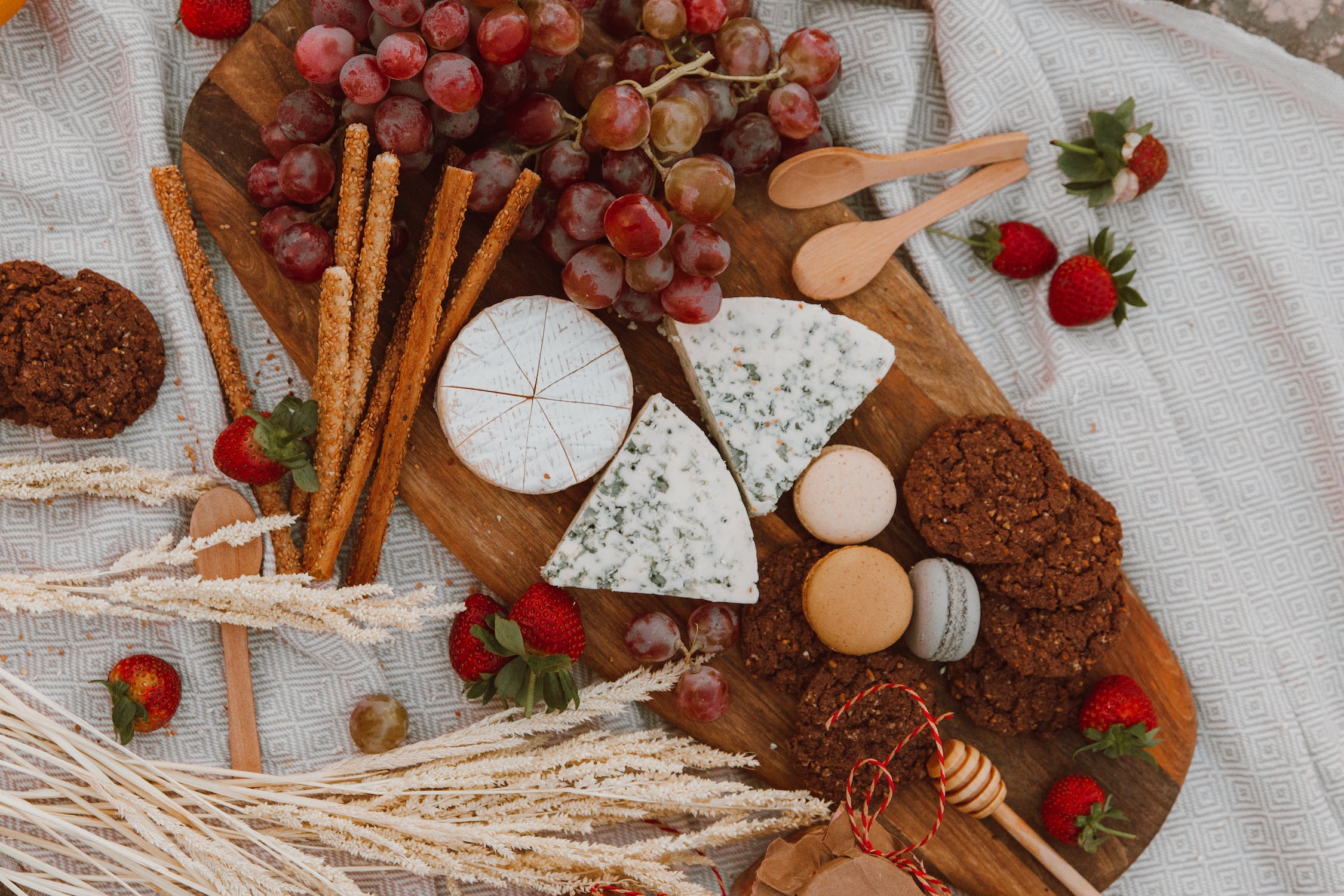7 Keys to preparing a perfect cheese board
An assortment cheese board can be an ideal choice for any occasion. Whether for an informal dinner at home or a large party, a cheese board is a simple and elegant way to offer a variety of flavours and textures to our guests. However, preparing the perfect cheese assortment board can be a bit intimidating for those who don't have a lot of experience in cheese selection and presentation. In this article, we will explore some tips and tricks to create a stunning cheese board that will make all of our guests fall in love.
1. Cheese Selection
One of the most important steps, if not the most important, is knowing how to select the cheeses that will occupy our table. It is essential to choose a variety of cheeses with different flavours and textures that you know will suit the tastes of the diners present on each occasion. A good rule of thumb is to include at least three types of cheese: a soft cheese, a semi-hard cheese and a hard cheese. Popular choices include Manchego, Brie or goat's cheese. For the more adventurous, we encourage you to include in this selection a national blue cheese such as Cabrales or Picón Bejes-Tresviso.
2. Quantity of cheeses
Depending on the number of guests and the number of dishes on the table. The formal rule is between 100 and 150 grams of cheese per person, which we could translate as 4-5 pieces or wedges of cheese per person. Make sure you have enough varieties of cheese to satisfy all tastes.
3. Cheese complements
In addition to cheeses, it is important to have a variety of sides on the board. Popular choices include fresh or dried fruit, nuts, crackers, bread and cold meats such as Serrano ham. Sides should be selected so that they complement the cheeses and do not overpower them.
4. Presentation
Once we have all the ingredients ready, it is time to present them in an attractive way. It is always important to start by choosing a board or base that is suitable for the amount of products you are going to present. A board that is too small will cause all the ingredients to pile up and will not be attractive to the eye and a board that is too large will make it visually appear that the amount presented is too little or too little. Place the cheeses in the centre of the board and group the sides around the cheeses. You can also use ducks and bowls of different shapes and sizes to add variety to the presentation.

5. Cheese Cuts
Cheeses should be cut so that they are easy to eat. If it is a soft cheese, it can be cut into wedges or slices. Hard cheeses, such as parmesan, can be cut into small pieces or grated. Make sure you have knives and utensils for each cheese to avoid mixing flavours.
6. Cheese Temperature
It is important that cheeses are served at the right temperature to bring out their flavour. Soft cheeses should be at room temperature, while hard cheeses should be cold. Place the cheeses on the board at least one hour before serving to allow them to reach the right temperature.
7. Wine Pairing
An assortment cheese board is an excellent opportunity to pair with wine. Red wines tend to go well with strong, mature cheeses, while white and rosé wines are better with soft, fresh cheeses. If you have the opportunity, our advice is to leave a bottle of each variety at your disposal, so that your guests can try different pairings. In our cellar you will find a wide variety of wines to choose from.
We hope that these small tips and guidelines will help you in the preparation of your tables.

